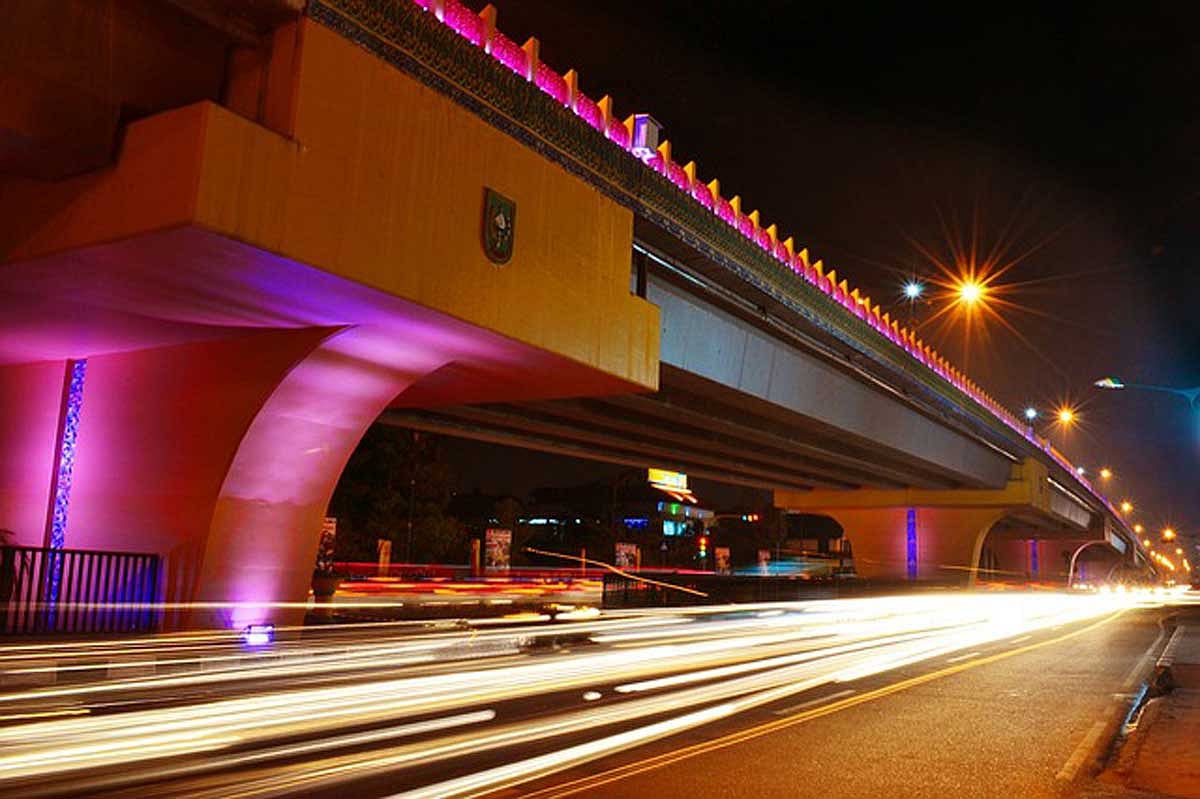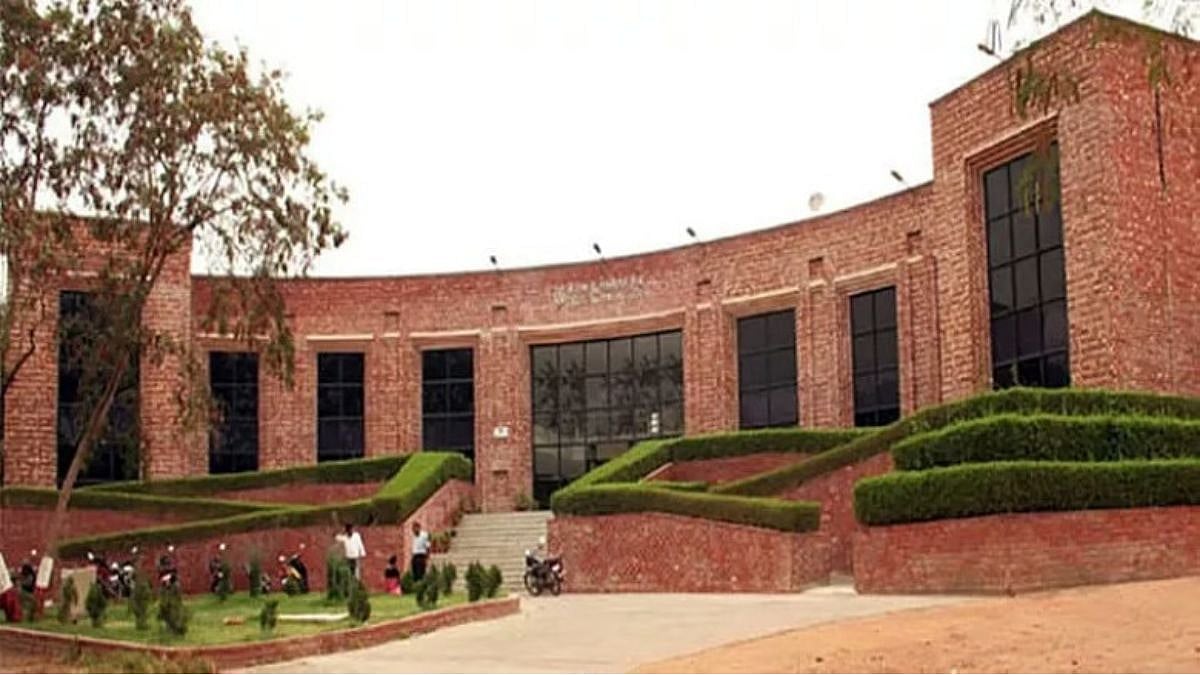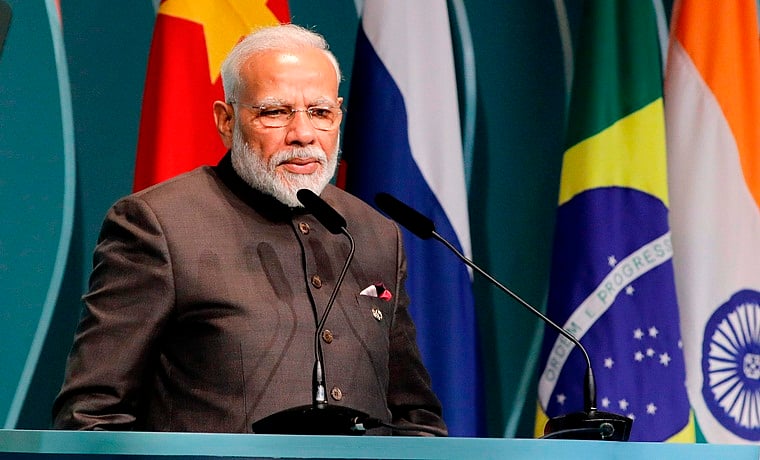Let me start with a cliché, and quote a quote.
“A developed country is not a place where the poor have cars. It’s where the rich use public transportation” – Gustavo Petro, Mayor of Bogotá
I came to New Delhi in 1998, to study architecture, and have possibly overstayed my welcome. I say this for many reasons, the most important being my refusal to partake in “car pride”. Delhi as a city does not deem you to have arrived until you own a car and lay claim to your rightful share of Delhi’s tarmac — the bigger the car, the greater your arrival!
The economic ramifications of owning a four-wheeler and the trials of looking for parking space in Delhi, not to mention my utter fear of the clutch - handbrake - accelerator - steering wheel coordination, have thus kept me from “arriving” in Delhi.
It was a different Delhi, in 1998 — the AIIMs intersection, between the All India Institute of Medical Sciences, Safdarjung Hospital, and INA, was a dusty badland of desperate pedestrians trying to cross, overloaded DTC buses, and red lights. The much-hyped, poorly designed and later dismantled BRT had not been executed, and the Metro was yet to change the lives of Delhi’s millions.
Killer DTC buses ruled the roads. As students we also sometimes resorted to lifts on trucks plying the ring road in the middle of the night, returning from college studios to the hostel complex 13 kilometres away.
Back then, glitzy Gurgaon was a spattering of housing societies scattered across a desert landscape. Delhi’s first three flyovers were built just prior to the 1982 Asian games, by 1998 there were just a handful more — at IIT, at Mulchand, ITO ring road, ISBT, a few more — you could count them on your fingers. The AIIMS flyover did not exist. Can you imagine Delhi like that?
Cut to 2022; there is rarely a month where some part of some arterial road of some part of the exploding city is not undergoing an upheaval. I like to jokingly blame our agrarian DNA for this continued need to dig up and turn the soil of our land — there will always be a flyover being built somewhere on the sacred ground of Delhi.
If you live in Delhi long enough you will begin to believe that flyovers will solve the traffic problem of Delhi, maybe even all our problems, forever. It is a belief shared by the young and old, the rich and poor alike. And especially by the powers that be: That at some unknown date in the polluted, hazy, future, the length of roads will somehow establish the benefit of public transport!
On a more serious note, the list on the Public Works Department website, updated till 2012, lists 83 flyovers and underpasses in NCT of Delhi. I think the number would be much higher today.
So the question is, will Delhi give up its cars? Let me counter-question — how will you make Delhi give up its cars? Or why hasn’t Delhi given up its cars?
To venture an answer, one must look at public transport and how it has mushroomed in the last two decades — specifically the Delhi Metro. Post the Yellow and Red line, the metro seems to have been planned sporadically. Take the case of a walk of nearly 800 metres at Haus Khas or Rajouri Garden. Or the decision to go overground - merely to cut cost in a city with 48-degree summer and no fans provided at the platform. And look at how it dovetails into the public transport system of the city. The long answer would be a well-researched paper with data, surveys, statistics and lot of hyperbole. The short answer is like looking into the mirror. I’m going to go out on a limb and say this — the metro was designed with the clear understanding that the upper-class Delhi folk would never give up their cars. You only have to look at a few of the stations to see what I mean. Last mile connectivity, if any, has developed organically more out of need for rickshaw drivers to increase income, than as an infrastructure provision that knits the networks seamlessly.
The Chattarpur station, for example, has only recently got a lay-by, and some nature of parking and auto drop-off point. The fact that it is the only station to for all of Vasant Kunj, Chattarpur, Fatehpur Beri, parts of Mehrauli and Kishengarh should tell you all you need to know. The Qutab Minar station got an over-bridge to cross the road in 2018 — and it does not give direct access to the station.
Take the case of the interchange between the ISBT Kashmere Gate and Metro station — it’s laughable, and that was one of the first stations and at possibly the busiest multi-modal interchange in the city. There isn’t even direct access from one into the other; people are just expected to find their way. A visit to the more recent station on the Violet line at Nehru Place exiting to Kailash Colony will convince one of the complete lack of insight. What is most interesting about the metro (and so the now-defunct BRT) is that they connect places which were already connected by the DTC bus network, less initially but much more so now. The Pink line duplicates huge sections of the inner ring road, so do the Blue Line, the Red and the Magenta. Duplicity seems to be the nature of a large part of the city’s public transport.
Considering Delhi is home to the IIT, and a very prestigious Dept of Transport Planning at the School of Planning and Architecture, as well as the Central Road Research Institute, it is ironic that the city should suffer such elementary planning issues.
But I digress again. Oh yes, I completely forgot about the cars. By the looks of it, I’m not the only one!
Post Script: If public servants and politicians were not allowed cars and security, our cities would be designed for everyday people.
Henri Fanthome, an architect who trained at the SPA, lives and works out of Mehrauli, Delhi and writes about design and urban spaces









